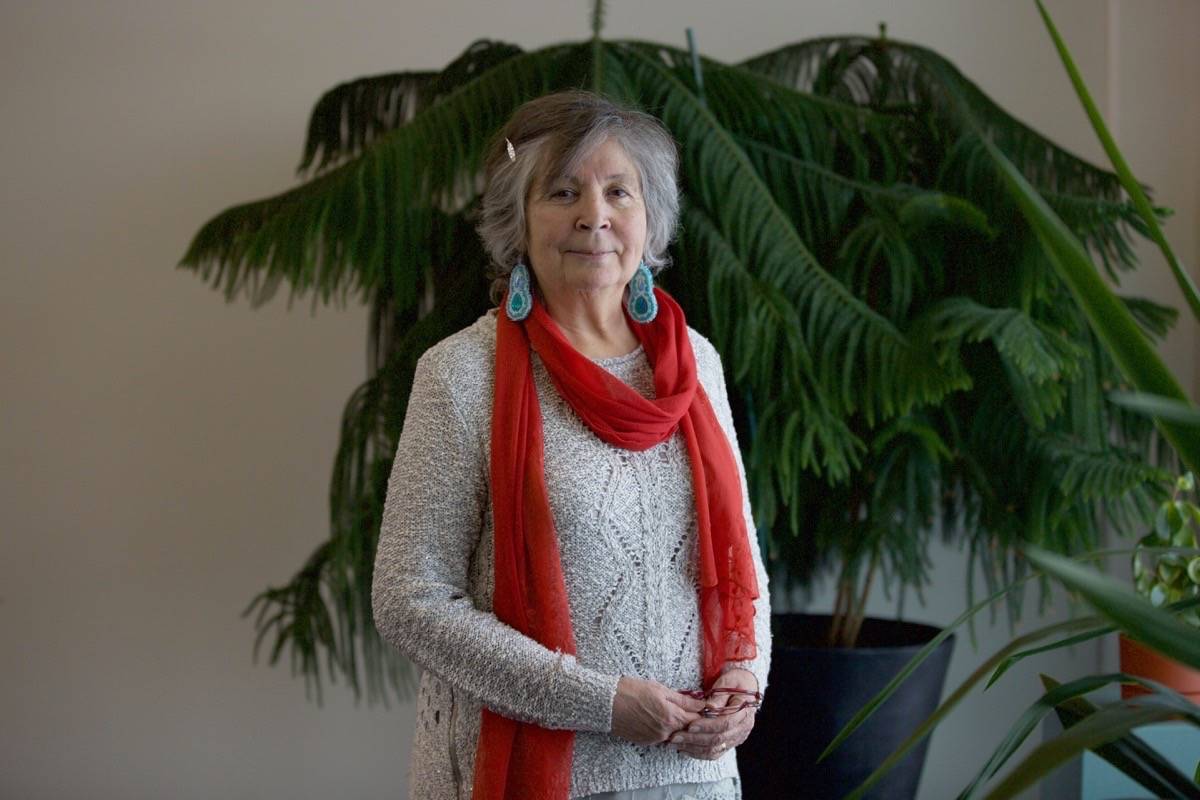A conference focusing on understanding, appreciating and creating awareness of Indigenous culture took place at Red Deer College Thursday and Friday this week.
The third annual Indigenous Perspectives Conference, which is organized by the RDC School of Education and the Education Undergraduate Society, featured Beverly Keeshig-Soonias as the keynote speaker Friday morning. She spoke about the importance of Indigenous culture and language.
“Language is so much connected to culture. So it’s really important for the teachers to know that Indigenous language, which reflects worldview and culture, is just not finding a duplicate for English or one of the European languages,” she said after her talk Friday morning.
Keeshig-Soonias, a registered psychologist who has worked with youth and families in areas of intergenerational trauma, addictions and abuse for over 20 years, talked about the differences between Indigenous languages and English and what is lost when Indigenous languages struggle to survive.
“Indigenous language comes out of a very different place. It’s land-based. It has livingness and interrelatedness and community and responsibility and interdependence and spirit,” she said.
“Some of those things are left out of the English discussions about knowledge, especially when you are talking about science because you can’t quantify it. The Western worldview is so much about measuring and boiling things down to a concept or experience.
“In the Indigenous world, knowing means using all your senses. Your eyes, your ears, your nose, your mouth, touch, your heart and your mental self. So much of our language is present tense. We’re talking about here in this place now and how my essence is responding to what’s going on around me.”
She explained that the purpose of Indigenous culture is to, “Become and to learn to know other spirits so that you can interrelate and know that you can depend on them and what they can depend on you for.”
With the number of Indigenous-language speakers on the decline, she said this purpose is being lost. As a result, Indigenous youth feel distant and separated.
She said teachers can help by cultivating a relationship with their students.
“What will give you permission to teach is your relationship with that child. Knowing that you value them and love them, they will do anything for you. They will want to emulate you and be like you and they will want to find ways to help you.”
Those attending the conference also had the opportunity to participate in break-out sessions which focused on gaining a deeper understanding of Indigenous cultures through books, artwork, beadwork, games, cultural artifacts, language and storytelling.



